Whether it is worth buying a used slitter depends on the condition of the equipment, the price, the need to use it, and your risk tolerance. The following is a detailed guide to reliability detection and pit avoidance to help you make informed decisions:
1. The advantages and disadvantages of second-hand slitting machine
Merit:
1. Low cost: The price is usually 30%-50% of the new machine, which is suitable for enterprises with limited budget.
2. Fast delivery: no need to wait for the production cycle, it can be put into use quickly.
3. Slow depreciation: Second-hand equipment has passed the period of substantial depreciation, and the loss is small when it changes hands.
Shortcoming:
1. Hidden faults: There may be wear and tear, aging, or historical repair issues.
2. Backward technology: Older models may be inefficient, consume energy, or have poor compatibility.
3. No warranty: Most second-hand equipment does not provide after-sales service.
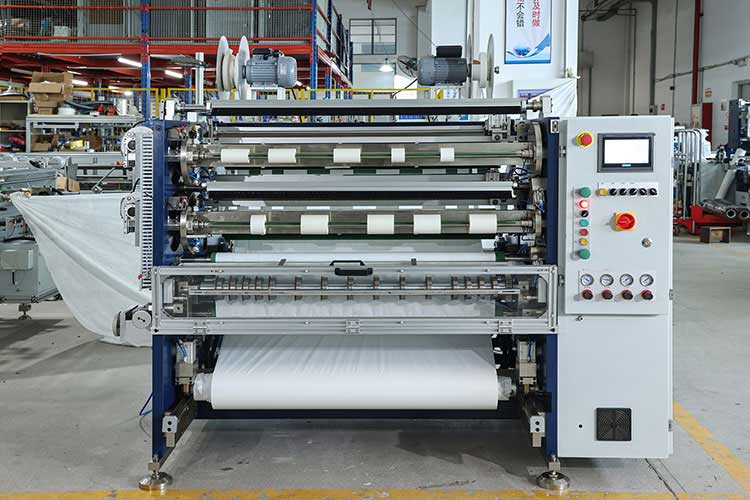
2. The key reliability testing steps
1. Device Background Check
• Service life: The life of the slitter is usually 8-15 years, and equipment more than 10 years needs to be cautious.
• Original use: Ask the previous owner if it was used for high-load production (e.g. 24-hour continuous operation).
• Maintenance records: Check whether there are overhaul records (e.g. spindle and servo system replacement).
2. Inspection of core components
• Slitting Knife Holder & Blades:
◦ Check whether the cutter shaft is deformed and the degree of wear of the blade edge (obvious notches need to be replaced).
◦ Test the flexibility of the blade adjustment mechanism with or without jamming.
• Drivetrain:
◦ The belt/gear transmission should be free of cracks and looseness; Whether the chain is overstretched.
◦ The servo motor or inverter needs to be powered on to observe whether it is abnormal noise or overheating.
• Electrical system:
◦ Open the control cabinet and check the aging of the circuit and the status of the PLC module.
◦ Test whether the touch screen or keys are responsive.
• Roller & Tension Control:
◦ The surface of the roller should be free of dents and rust (affecting the flatness of the material).
◦ Whether the tension sensor is sensitive, and whether the unwinding/winding is uniform.
3. Test verification
• No-load operation: observe whether the vibration and noise of the equipment are abnormal (can be detected by decibel meter, and more than 75dB needs to be vigilant).
• Strip Test:
◦ Test cutting with actual production materials to check the slitting accuracy (such as ± within 0.1mm is better).
◦ Check whether the scrap rate is reasonable (generally ≤ 3%).
4. Technical adaptability
• Material compatibility: Confirm that the device can handle your materials (e.g. film, paper, metal foil thickness range).
• Speed matching: The speed of the second-hand slitting machine may be lower than that of the new machine, and the capacity demand needs should be compared (such as 300m/min for the new machine and 200m/min for the old machine).
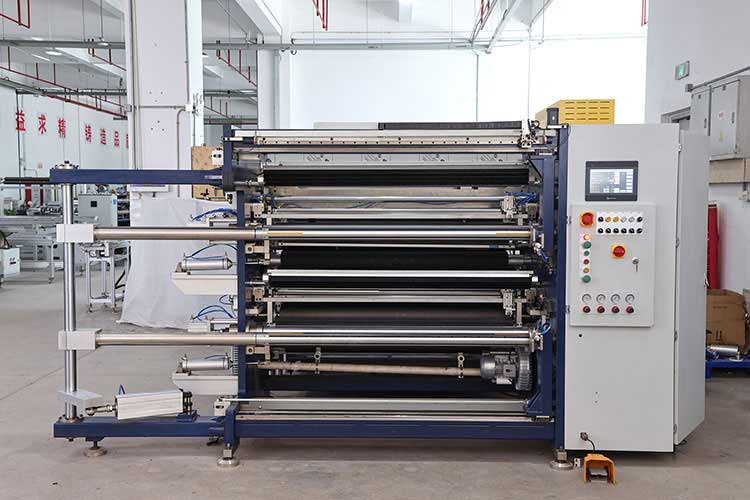
3. Pit avoidance guide
1. Common pitfalls
• Refurbished machines pass off as second-hand: Paint to cover up rust and replace inferior parts. Focus on checking the traces of screw disassembly and internal oil stains.
• Concealing faults: Sellers may run briefly to cover up problems. Requires a cold start-up test.
• Model elimination: It is difficult to find accessories for old models (such as specific PLC models), so it is necessary to check the market supply in advance.
2. Purchase channel selection
• Priority Channels:
◦ Original refurbished machine (with warranty).
◦ Well-known used equipment platforms (e.g. Ritchie Bros., Equipment Trader).
• Prudent Channels:
◦ Individual sellers (lack of after-sales protection).
◦ Online stores without physical stores (to avoid "mismatching").
3. Price negotiation skills
• Reference basis: according to the age of the equipment, the average market price (such as about 40% of the new machine for 5 years), and the maintenance cost (such as about 20,000 yuan for the replacement of servo motors).
• Additional terms: Require the seller to bear the cost of test materials or a short-term (e.g. 1 month) failure warranty.
4. The comparison of alternatives
| Options | cost | risk | Fit the scene |
| Brand new slitting machine | High (100%) | low | Long-term high-precision production needs |
| Used slitting machine | Medium (30%-50%) | Medium-high | Short-term projects or limited budgets |
| Rental slitting machine | Pay as you go | low | Temporary demand or trial production |
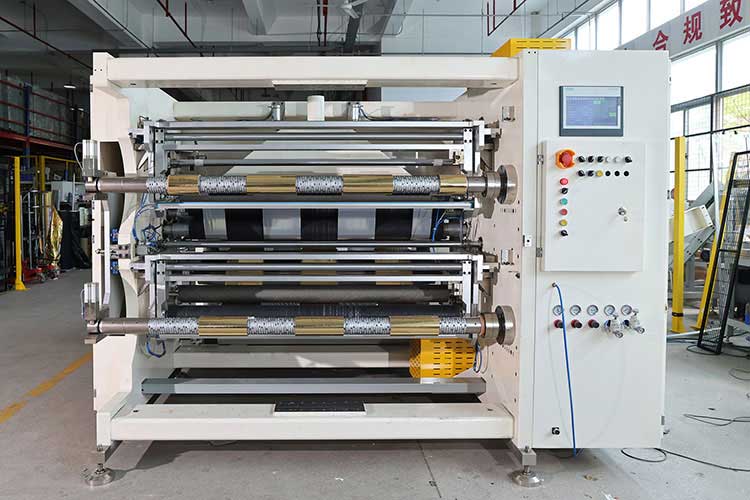
5. Decision-making suggestions
• Worth buying: If the following conditions are met:
◦ The equipment has been professionally tested and has no major hidden dangers.
◦ The price is 40% lower than that of a new machine and the remaining life ≥ 5 years.
◦ You have a technical team available to handle minor glitches.
• Not recommended to buy: If:
◦ Critical components of the equipment (e.g., spindle, control system) are damaged.
◦ Extremely high slitting accuracy requirements (e.g. medical grade materials).
◦ There are no test conditions or the seller refuses to inspect the goods.
Final Steps:
1. Hire a third-party testing agency (cost about 2,000-5,000 yuan) to issue a report.
2. Sign the contract to clarify the status of the equipment, payment terms and terms of default.
Through systematic evaluation, second-hand slitting machines can become a cost-effective choice, but they must be strictly inspected to avoid risks.
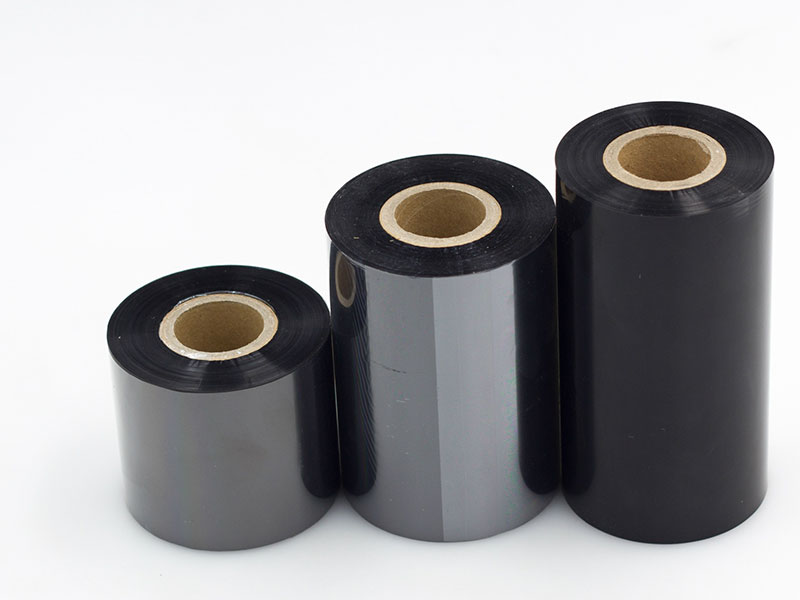
it uses precise cutting to cut out a more economical, more efficient and more environmentally friendly development path for enterprises.
29. December, 2025
Modern high-quality ribbon slitting machine combines automation, intelligence and high precision:
29. December, 2025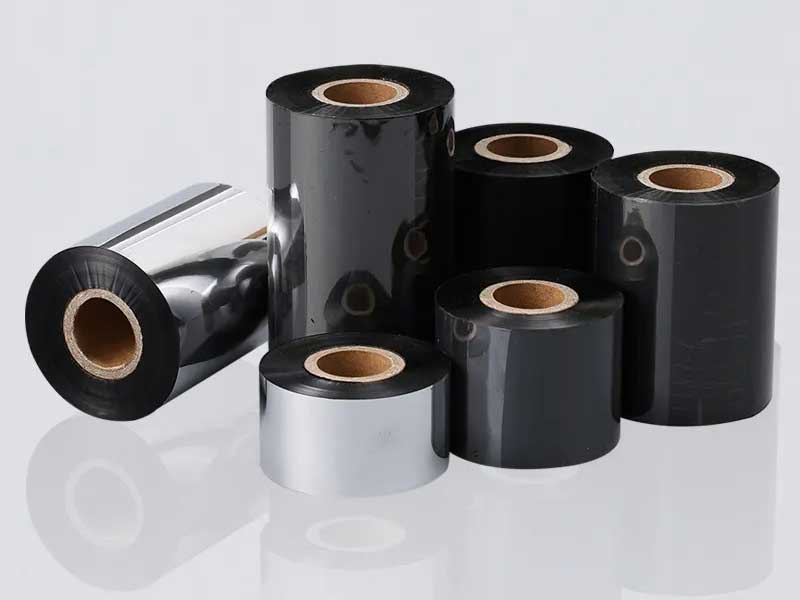
Through precise local upgrading, process optimization and intelligent transformation, small and medium-sized enterprises can achieve a great leap in production efficiency with limited resources.
29. December, 2025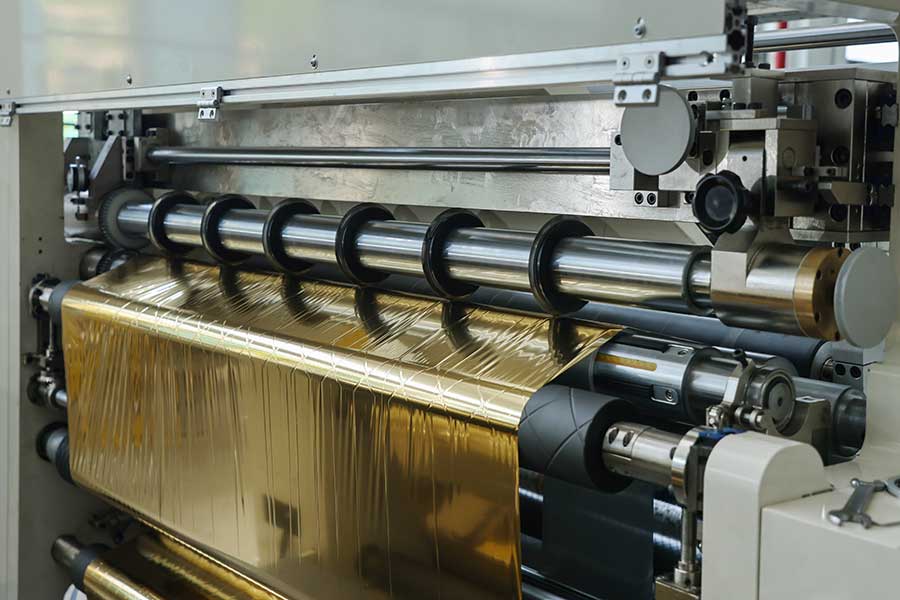
This seemingly simple piece of equipment is quietly changing the production efficiency standards of the entire industry.
27. December, 2025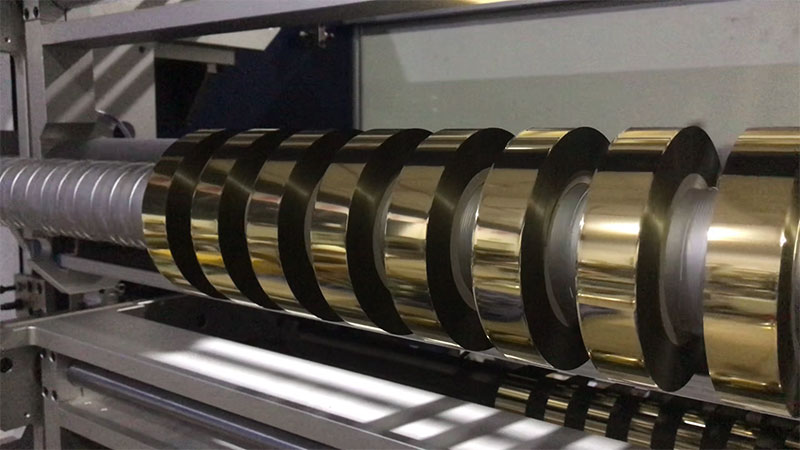
A hot stamping foil slitting machine that can truly carry the trust of users must be the culmination of the following characteristics.
27. December, 2025